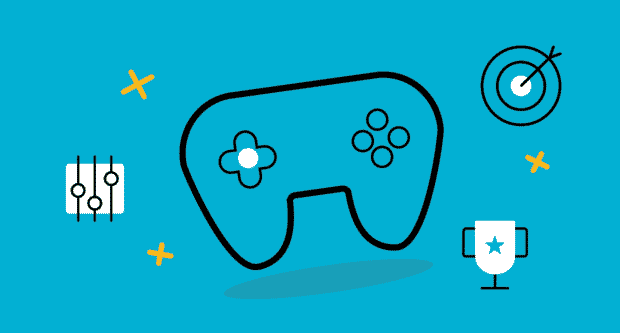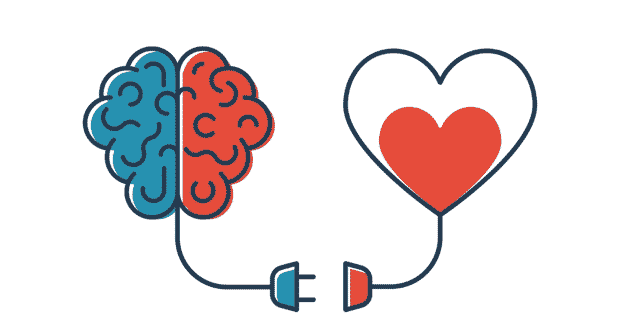Question: What is Gamification in Education? How it benefits?
In the digital age, educators are constantly seeking innovative methods to enhance student engagement and improve learning outcomes. One of the most exciting developments in this field is the incorporation of gamification into education. By integrating game mechanics into educational content, teachers can create interactive and motivating learning experiences that capture students’ interest and drive academic success. This article explores how gamification is transforming education and how game-based learning can benefit students and educators alike.
What is Gamification in Education?
Gamification involves applying game design elements, such as points, badges, leaderboards, and challenges, to non-game contexts to motivate and engage users. In education, gamification leverages these elements to make learning more interactive and enjoyable. By incorporating game mechanics into educational activities, educators can create a dynamic learning environment that encourages students to actively participate and achieve their learning goals.
The Benefits of Gamification in Education
1. Increased Engagement
Gamification makes learning more engaging by transforming educational content into interactive experiences. Game mechanics such as rewards, achievements, and competition capture students’ attention and motivate them to participate actively. For instance, a well-designed educational game can turn a mundane lesson into an exciting challenge, keeping students focused and interested in the material.
2. Enhanced Motivation
The use of rewards and recognition in gamified learning environments significantly boosts students’ motivation. By earning points, badges, or levels, students experience a sense of accomplishment, which encourages them to continue progressing through the curriculum. This motivational boost is crucial for maintaining students’ interest and enthusiasm throughout the learning process.
3. Personalized Learning
Gamification allows for personalized learning experiences by enabling students to progress at their own pace and choose their learning paths. Educational games and platforms often provide immediate feedback on performance, allowing students to understand their strengths and areas for improvement. This individualized approach caters to diverse learning needs and preferences, ensuring that each student receives a tailored educational experience.
4. Improved Retention
Game-based learning can enhance knowledge retention by presenting information in a memorable and interactive format. The use of visual elements, storytelling, and interactive challenges helps reinforce learning concepts and improves long-term recall. For example, a history lesson delivered through an interactive simulation can make historical events more vivid and memorable for students.
5. Development of Critical Skills
Gamified learning activities often require problem-solving, critical thinking, and collaboration. Through game-based tasks and challenges, students develop essential skills that are valuable both academically and in real-life scenarios. Games that involve strategic planning, teamwork, and decision-making help students build competencies that are crucial for future success.
6. Positive Learning Environment
Gamification creates a positive and supportive learning environment where students feel comfortable taking risks and experimenting with new ideas. The focus on fun and rewards helps reduce anxiety and fosters a growth mindset. Students are more willing to engage in learning activities when they feel that their efforts are recognized and valued.
Examples of Gamification in Education
Educational Games and Apps
Numerous educational games and apps incorporate gamification elements to teach subjects ranging from math and science to languages and history. Examples include “Kahoot!” for interactive quizzes, “Duolingo” for language learning, and “Prodigy” for math practice. These platforms use game mechanics to make learning engaging and effective.
Classroom Competitions
Teachers can organize classroom competitions with point systems and leaderboards to encourage students to participate and excel in various subjects. Competitions can be designed around quizzes, group projects, or creative challenges. These activities foster a competitive spirit and drive students to perform their best.
Reward Systems
Implementing a reward system in the classroom, where students earn badges or points for completing assignments and achieving milestones, can motivate them to stay engaged and work towards their goals. Reward systems provide tangible incentives that recognize students’ efforts and achievements.
Simulation and Role-Playing
Gamified simulations and role-playing activities allow students to explore real-world scenarios and make decisions within a game-based context. For instance, students might simulate running a business or solving a historical problem through interactive role-playing exercises. These activities provide hands-on learning experiences and deepen students’ understanding of complex concepts.
Interactive Quests and Challenges
Designing interactive quests and challenges related to the curriculum can make learning more engaging. Students can complete tasks, unlock new levels, and earn rewards as they progress through educational content. These quests transform lessons into adventures, making learning more enjoyable and memorable.
Implementing Gamification in the Classroom
1. Define Learning Objectives
Start by clearly defining the learning objectives and outcomes you want to achieve through gamification. Align game mechanics with educational goals to ensure that gamified activities support the curriculum. This alignment helps maintain focus on learning outcomes while incorporating game elements.
2. Choose Appropriate Game Elements
Select game elements that fit the learning context and appeal to your students. Consider using points, badges, leaderboards, progress bars, and challenges to create a motivating and interactive learning experience. Choose elements that resonate with your students and enhance their engagement with the content.
3. Incorporate Feedback and Rewards
Provide timely feedback and rewards to acknowledge students’ efforts and achievements. Immediate feedback helps students understand their progress and areas for improvement, while rewards reinforce positive behavior and accomplishments. This approach keeps students motivated and informed about their performance.
4. Foster Collaboration and Competition
Balance collaboration and competition in gamified learning activities. Encourage students to work together on group challenges and compete individually or in teams to achieve goals. This balance fosters a sense of community and teamwork while also driving individual performance.
5. Monitor and Adapt
Regularly monitor the effectiveness of gamified activities and adapt them based on student feedback and performance. Adjust game mechanics, challenges, and rewards as needed to ensure that they continue to meet educational objectives and engage students effectively. This iterative approach helps refine gamification strategies and enhances their impact.
6. Address Equity and Accessibility
Ensure that gamified learning activities are accessible to all students, regardless of their technological resources. Address issues of equity by providing support for students who may have limited access to technology. Explore alternative solutions to ensure that all students benefit from gamified learning experiences.
Challenges of Gamification in Education
1. Resource Intensive
Developing and implementing gamified learning activities may require additional resources, including time, technology, and training. Educators need to assess the feasibility and support available for integrating gamification into their teaching practices. Proper planning and resource allocation are essential for successful implementation.
2. Potential for Distraction
While gamification can enhance engagement, there is a risk of students focusing more on game elements than on learning objectives. It is important to strike a balance between fun and educational content to ensure that learning remains the primary focus. Teachers should carefully design gamified activities to maintain this balance.
3. Equity and Accessibility
Not all students may have equal access to technology or resources required for gamified learning activities. Educators should consider equity and accessibility when designing and implementing gamification strategies. Addressing these issues ensures that all students have the opportunity to participate in and benefit from gamified learning experiences.
4. Overemphasis on Rewards
Relying too heavily on rewards and recognition may lead to extrinsic motivation, where students are primarily driven by external incentives rather than intrinsic interest in the subject matter. It is important to cultivate both intrinsic and extrinsic motivation to ensure that students remain genuinely interested in learning.
The Future of Gamification in Education
The future of gamification in education looks promising as technology continues to evolve and educators explore new ways to engage students. Advances in virtual reality (VR), augmented reality (AR), and artificial intelligence (AI) are likely to enhance gamified learning experiences, making them more immersive and interactive. As research continues to support the effectiveness of game-based learning, gamification will become an increasingly integral part of modern education.
In conclusion, gamification is transforming education by making learning more engaging, motivating, and effective. By incorporating game mechanics into educational content, educators can create dynamic and interactive learning environments that captivate students and enhance their learning outcomes. As the field of gamification continues to evolve, its impact on education will likely grow, providing new opportunities for students to succeed and thrive in their academic pursuits.
This expanded article provides a comprehensive overview of gamification in education, highlighting its benefits, implementation strategies, and potential challenges while also offering a forward-looking perspective on its future.



